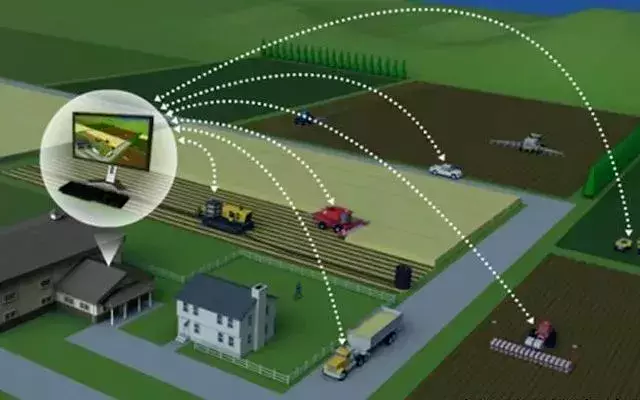Learn the 4 major planting models and 13 cultivation methods of modern agriculture in one article!
Greenhouse plant protection
The most professional greenhouse plant protection technology sharing and exchange, providing professional greenhouse pest and disease diagnosis and the latest plant protection technology for greenhouse growers, publishing agricultural pest and disease occurrence and development information and the latest developments and new prevention and control technologies
Official Account

Facility Agriculture
 Facility agriculture is a modern agricultural method that uses engineering techniques to modify natural light and temperature conditions under relatively controlled conditions, creating optimal environmental factors for plant and animal growth and enabling efficient production of plants and animals. Facility cultivation is reportedly 3.5 times the yield of open-air cultivation.
Facility agriculture is a modern agricultural method that uses engineering techniques to modify natural light and temperature conditions under relatively controlled conditions, creating optimal environmental factors for plant and animal growth and enabling efficient production of plants and animals. Facility cultivation is reportedly 3.5 times the yield of open-air cultivation.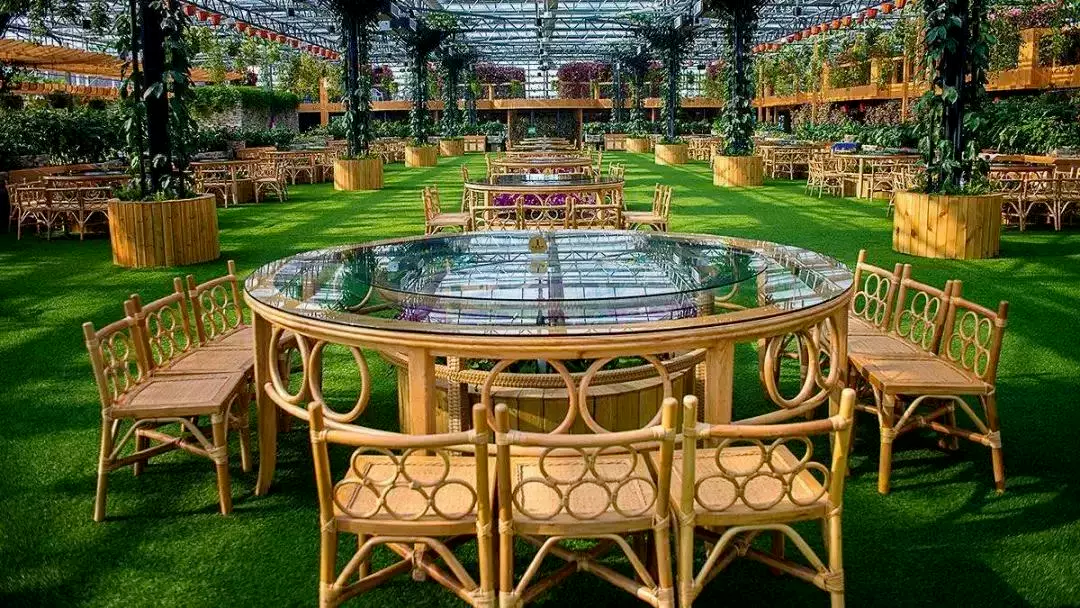
Greenhouse plant protection
The most professional greenhouse plant protection technology sharing and exchange, providing professional greenhouse pest and disease diagnosis and the latest plant protection technology for greenhouse growers, publishing agricultural pest and disease occurrence and development information and the latest developments and new prevention and control technologies
Official Account

Agricultural tourism

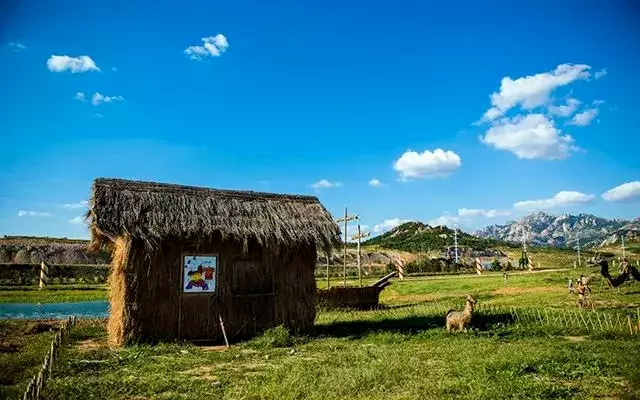


Soilless cultivation

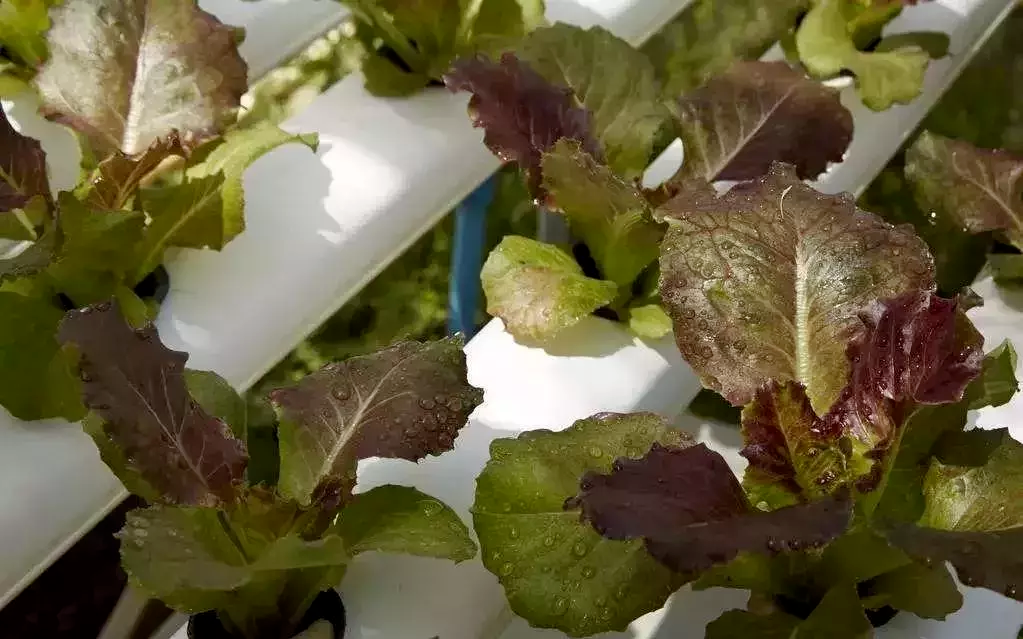
Greenhouse plant protection
The most professional greenhouse plant protection technology sharing and exchange, providing professional greenhouse pest and disease diagnosis and the latest plant protection technology for greenhouse growers, publishing agricultural pest and disease occurrence and development information and the latest developments and new prevention and control technologies
Official Account
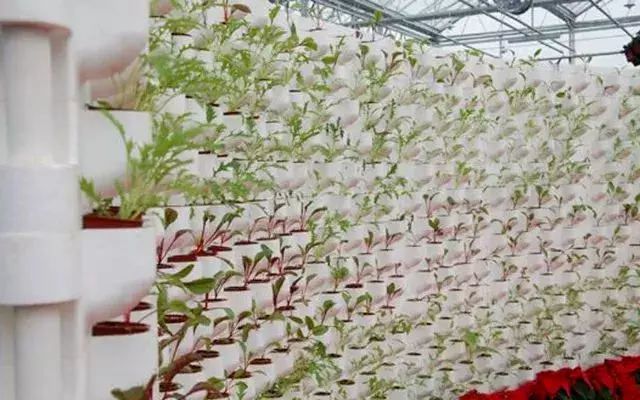
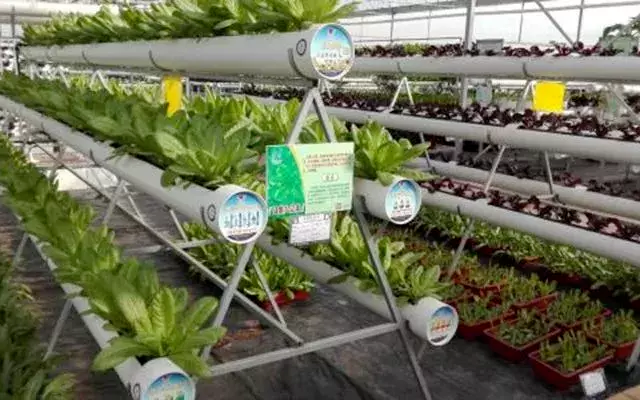
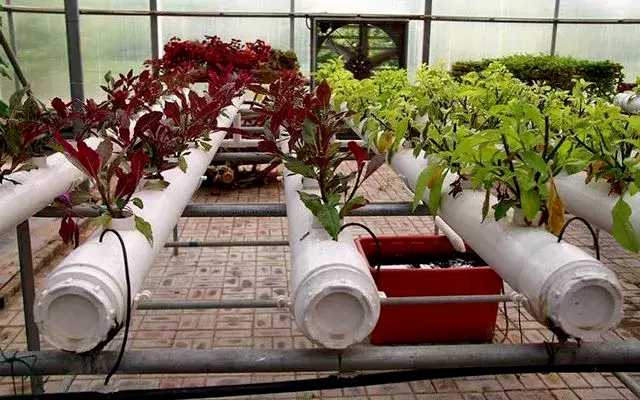
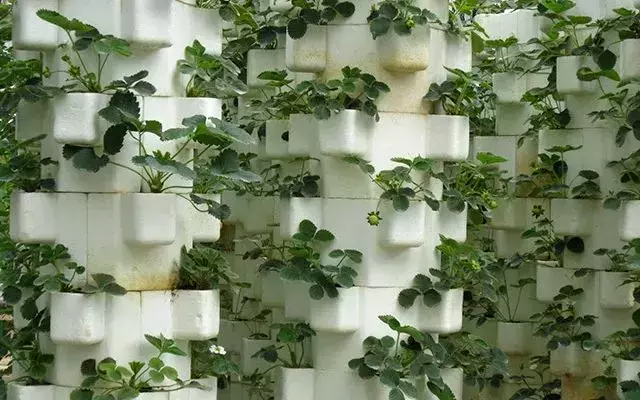
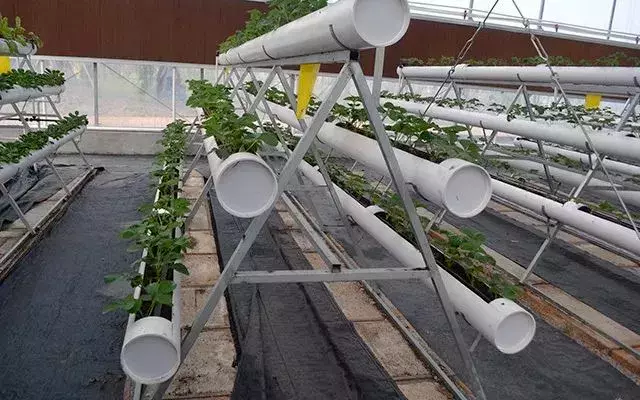
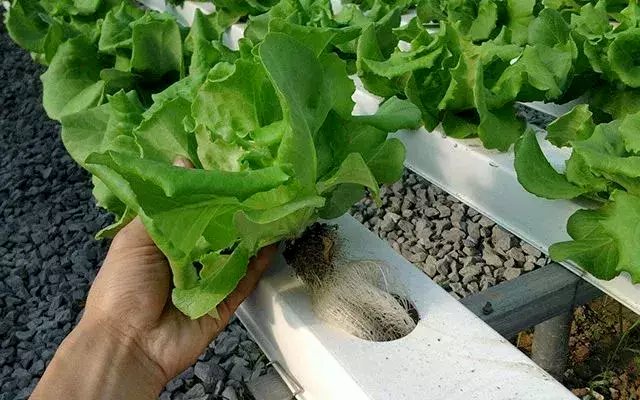
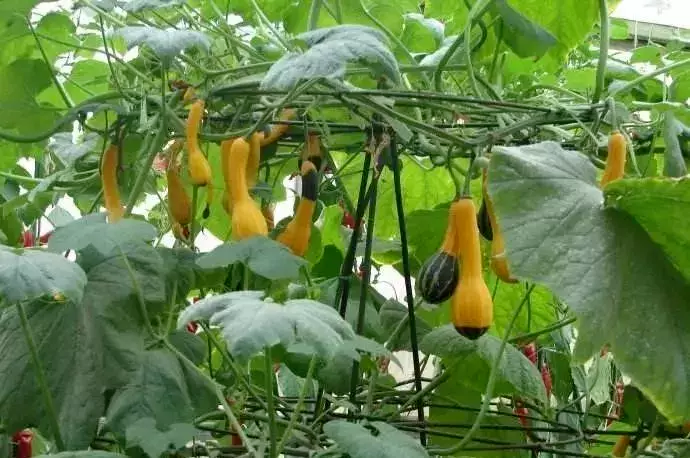
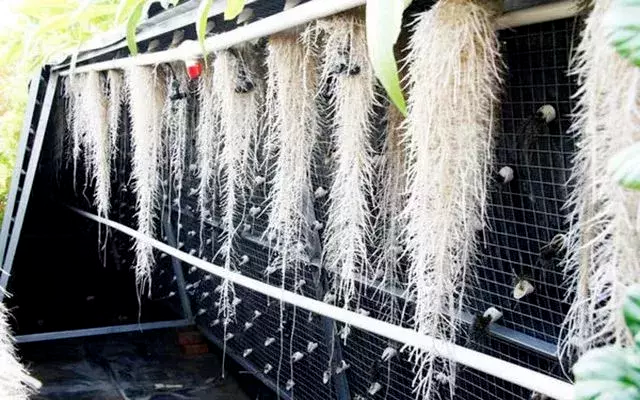
Greenhouse plant protection
The most professional greenhouse plant protection technology sharing and exchange, providing professional greenhouse pest and disease diagnosis and the latest plant protection technology for greenhouse growers, publishing agricultural pest and disease occurrence and development information and the latest developments and new prevention and control technologies
Official Account
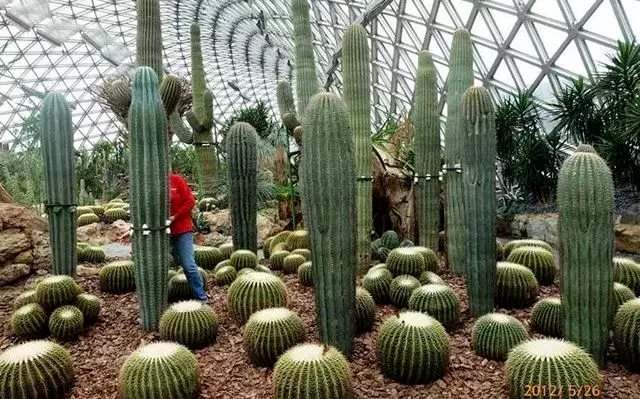
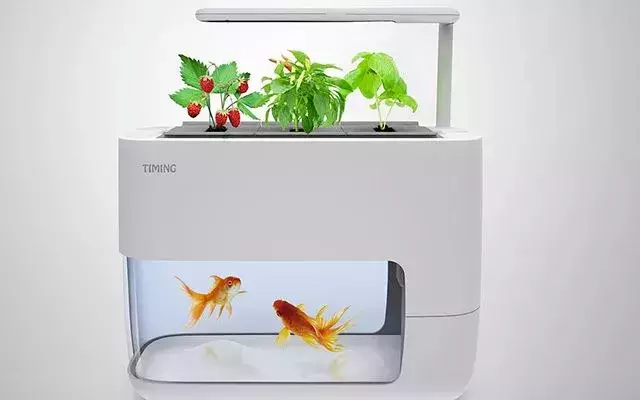
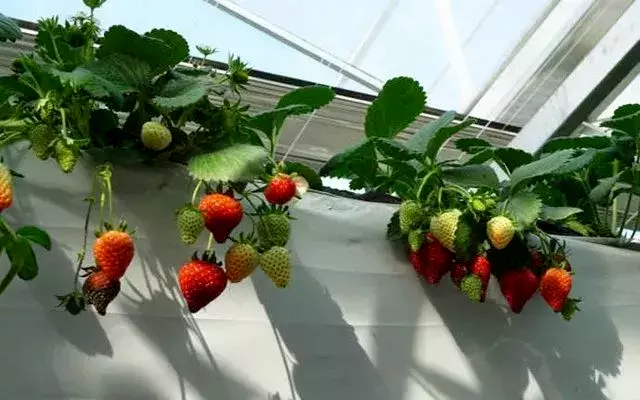


Precision Agriculture

